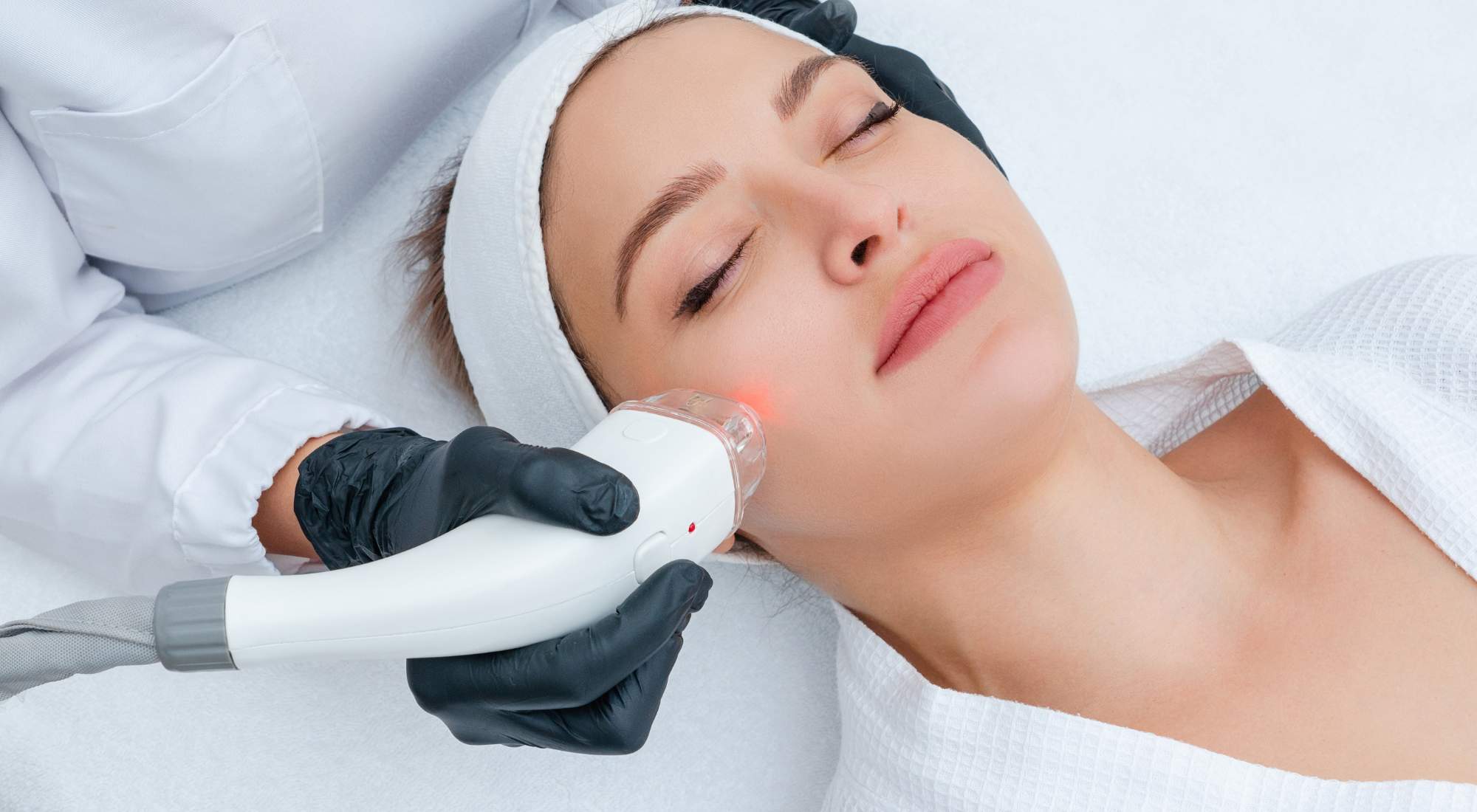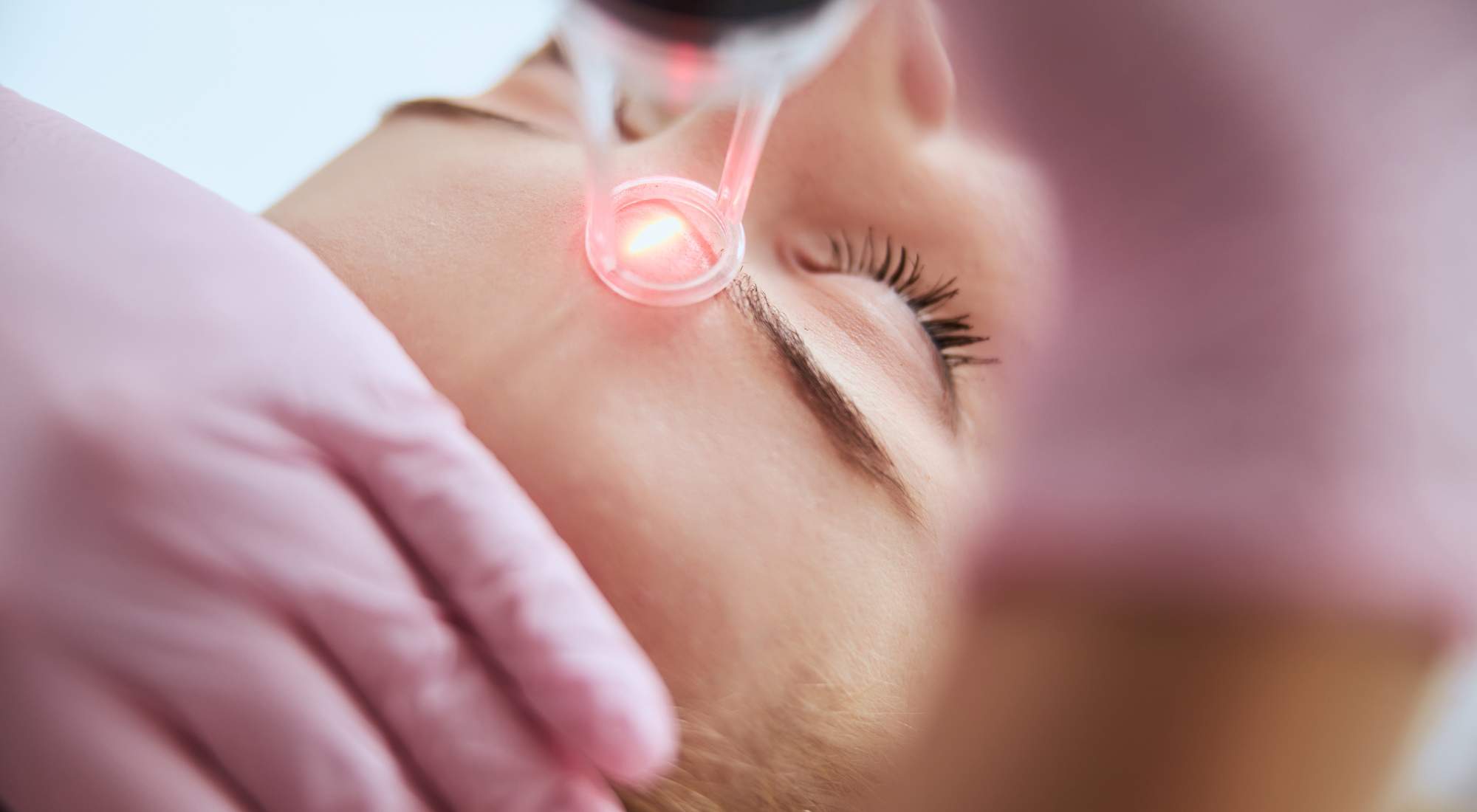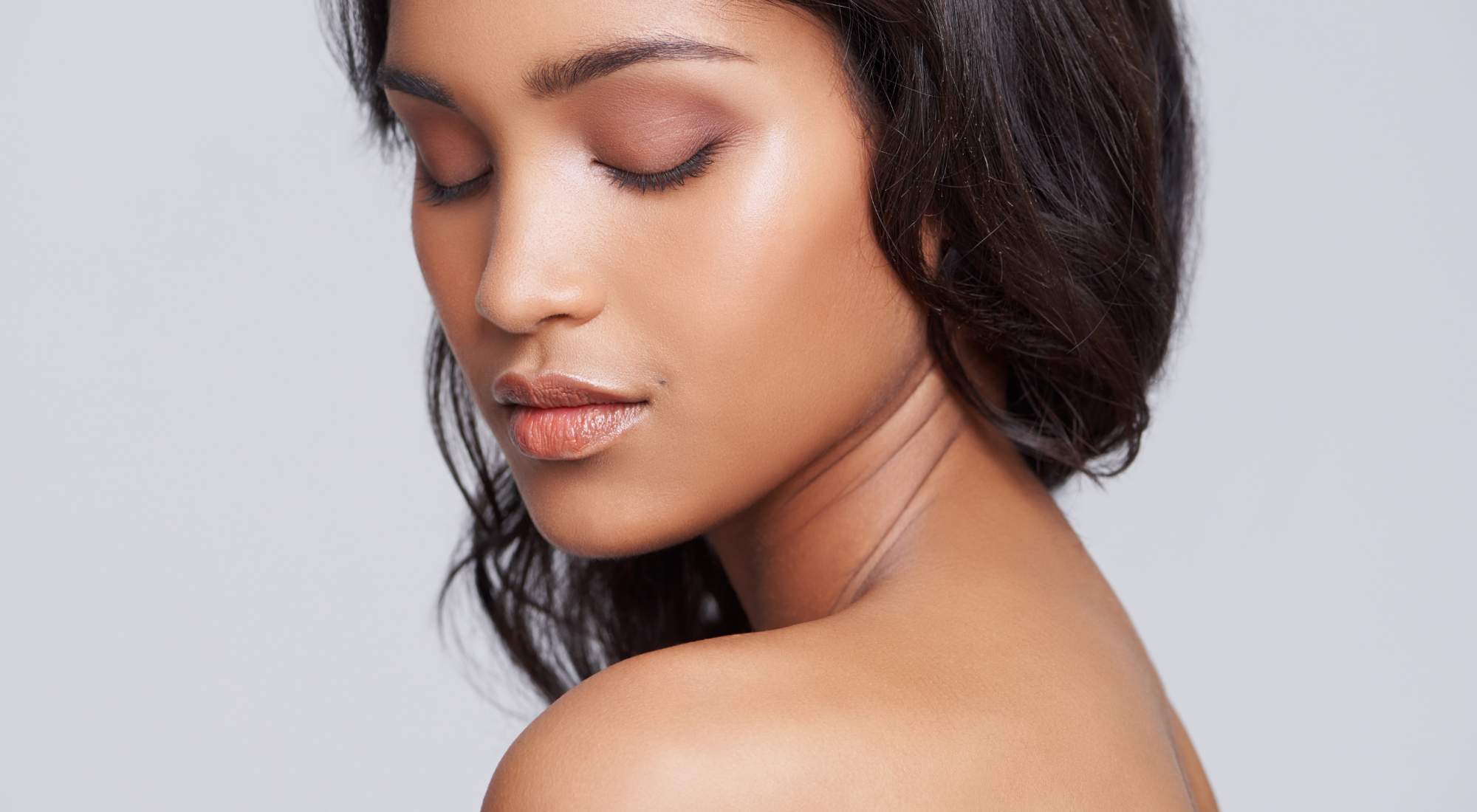The Radiance Revival: Understanding Laser Skin Rejuvenation

We’ve all seen before-and-after pictures of people who’ve received laser skin rejuvenation that seem to miraculously take the years off. Their newly sculpted faces no longer tell the story of a life of pain and sorrow, but instead evoke a more youthful, healthy mien.
As wondrous as the concept is, when you learn how it works, you’ll understand it’s not so much a miracle as it is pure science that can benefit anyone who is a good candidate for the treatment.
Spectrum Advanced Aesthetics discusses how laser skin rejuvenation works, its benefits and risks, and measures you can take to ensure the best results.
Table of Contents
- What Is Laser Skin Rejuvenation?
- How Long Does Laser Skin Rejuvenation Last?
- 2 Types of Laser Skin Rejuvenation Treatments
- Who Is a Good Candidate for Laser Skin Rejuvenation?
- What To Expect Before, During, and After Laser Skin Rejuvenation Procedures
- Potential Risks or Side Effects of Laser Skin Rejuvenation
- Receive Laser Skin Rejuvenation Training Through Spectrum’s Advanced Medical Aesthetics & Laser Program
Laser skin rejuvenation, or resurfacing, is a procedure that uses a laser to correct imperfections on the skin, such as wrinkles, scars, blemishes, lesions, and discoloration. This cosmetic treatment improves the appearance of the skin by reducing damage caused by aging, environmental exposure, and acne. The esthetician performs a kind of gentle sculpting technique: a minimally invasive way to brighten the face and make it appear more attractive.
Estheticians trained by Spectrum Advanced Aesthetics can perform laser skin rejuvenation, among many other cosmetic and medical services.
Contact us today to find out more.

How Does Laser Skin Rejuvenation Work?
Laser skin resurfacing works by sending concentrated beams of light over the flawed skin to destroy the surface layer (the epidermis) and heat the layer underneath (the dermis).
This process promotes new collagen growth and smoother, firmer skin.
Laser skin rejuvenation can last up to five years, depending on several factors, including:
- How well you comply with after-care instructions
- How much time you spend in the sun
- Your stress levels
- Your skin care routine, including how you wash your face and whether you use sunscreen
Enlist a skilled technician to ensure the best results from this procedure. Contact Spectrum Advanced Aesthetics today to avail yourself of our expert services.
Laser skin rejuvenation can be performed using various devices by one of two methods (ablative and non-ablative). The type recommended for a given client depends on their goals, pain tolerance, skin type, and health history.
#1: Ablative Treatments
Ablative treatments deliver an energy beam that vaporizes the epidermis and heats the dermis to stimulate collagen growth. Collagen is the protein that gives skin its structure and elasticity. The treatment wounds the skin, but as the skin heals, it regrows with renewed collagen, giving that area a firmer, tighter appearance.
The following lasers are used to perform ablative treatments:
- CO2 lasers deliver short pulses or a continuous beam in a scanning fashion to ablate thin layers of skin, removing wrinkles, scars, warts, birthmarks, and enlarged oil glands. Side effects include oozing, bleeding, and crusting. Recovery may take up to two weeks.
- Erbium lasers remove lines and wrinkles on the face, hands, neck, and chest with more precise targeting of tissue. Recovery is faster than with CO2 lasers, taking about a week and involving fewer side effects due to less tissue damage. This type of laser may be more suitable than CO2 lasers for treating darker skin tones. (The providers at Spectrum Advanced Aesthetics are careful to treat multiethnic skin in accordance with its varying levels of melanin.)
- Combination systems are a combination of CO2 and erbium laser treatments and produce similar improvement in wrinkles with fewer side effects than those produced by CO2 alone.
Oregon Advanced Estheticians are not legally allowed to operate fully ablative lasers but they are able to operate fractional ablative devices.
#2: Non-Ablative Treatments
Non-ablative treatments also stimulate collagen growth by heating the dermis, but they do not damage the epidermis. Because this type of treatment doesn’t wound the skin, recovery time is much shorter. The drawback is that the changes produced may not be as dramatic as they could be with ablative treatments.
Non-ablative therapies work by creating thermal damage in the dermis, initiating a wound response that results in collagen production and dermal thickening. Examples of non-ablative lasers are:
- Diode laser treats acne and improves the appearance of scars by damaging sebaceous glands.
- Pulsed energy laser resurfaces the skin to decrease wrinkles and acne and improve skin tone and texture. It uses a special technology that prevents overheating of any region of the skin.
- Pulse dye laser, also called a vascular laser, treats issues relating to blood vessels, including redness, rosacea, hyperpigmentation, and broken capillaries.
- Neodymium-doped yttrium aluminum garnet laser (Nd:YAG) delivers energy at a lower frequency that bypasses melanocytes in the epidermis and is thus indicated for people with darker skin tones.
A fractional laser can perform both methods of skin rejuvenation, and is preferred for its ability to penetrate the epidermis and dermis in microscopic treatment zones that leave surrounding skin intact. Though multiple treatments are generally required, fractional laser treatment makes for a faster recovery, less fraught with side effects.

People with the following skin conditions may benefit from laser skin rejuvenation:
- Acne or chickenpox scars
- Scars or birthmarks
- Fine lines and wrinkles on the face
- Uneven skin tone
- Skin damaged by the sun
- Liver spots due to aging
Who May Not Be a Good Candidate for Laser Skin Rejuvenation?
Some people may not take well to laser rejuvenation, however. Anyone with the following characteristics or conditions should consider other means of treating aged and damaged skin:
- Deep wrinkles or severe sagging
- Active acne
- Dark or sagging skin
- Pregnancy or lactation
- Weak immune system
- Connective tissue disease
- Ectropion, or outward-turning eyelid
- Tendency to develop cold sores
- A history of keloid scars (thick, raised scars that result from excess collagen during healing)
Preparing for Laser Skin Rejuvenation
A thorough consultation with one’s healthcare provider is the first step. The provider will ask questions regarding the patient’s medical history, perform a physical exam, and discuss what they expect from the treatment.
This step will help the provider decide how to customize the treatment plan to accommodate the patient’s skin type and help them understand what the treatment will entail, including the length of recovery and possible side effects.
The following precautions are advisable before having the procedure performed:
- Take antiviral medicine to help prevent side effects, such as a cold sore outbreak.
- Avoid sun exposure for up to two months before the appointment.
- Stop smoking at least two weeks before treatment to promote healing.
- If sedation is performed, plan for a ride home.
During the Laser Skin Rejuvenation Procedure
Laser skin rejuvenation is an outpatient procedure performed by a dermatologist or plastic surgeon in a clinic. It takes between 30 and 45 minutes for partial treatments (such as around the eyes, mouth, or forehead) and up to two hours for a full facial treatment.
The procedure consists of these steps:
- The area to be treated is thoroughly cleaned.
- Local anesthesia is used to numb the appropriate areas. You may also be given oral or IV meds for supportive anesthesia or sedation.
- The ablative or non-ablative laser is directed at your skin according to the appropriate technique.
- One or more treatments may be required over the course of several weeks or months, depending on the kind of treatment you have elected. Non-fractional lasers usually only require one treatment.

Aftercare for Laser Skin Rejuvenation
Recovery from non-ablative laser treatment is relatively minor. Slight swelling and discoloration may last a few hours. Ice packs can be used to soothe any discomfort, but normal activities can be resumed without any downtime.
Recovery after ablative laser treatment is more extensive because the wounded epidermis needs time and care to heal. Swelling, itchiness, and discoloration are normal side effects. The dermatologist will apply a thick protective ointment to the skin and perhaps an air- and water-proof dressing.
Pain relievers and ice packs are recommended for pain, especially during the first seven to ten days, when new skin is forming over the area. A steroid may be prescribed for swelling. The patient is advised to clean the treated skin four to five times per day and keep it coated with ointment to prevent scab formation. Full recovery may take between two and four weeks, with redness persisting for two to three months.
While the skin is healing, it is critical to avoid any irritants, such as cosmetics or excessive sun exposure, and any activity that increases infection risk, such as swimming in a lake or public pool.
The use of skincare products — such as sunscreen, Retin-A, glycolic acid, and moisturizer — may be resumed once they are approved by your skincare team.
Your clients should be aware of the following risks associated with this specialized treatment:
- Scarring
- Reactivation of cold sores
- Swelling
- Infection
- Burns from the heat of the laser
- Undesirable skin pigmentation changes
There is always a risk of injury from laser skin rejuvenation, but it can be minimized by choosing skilled, experienced aestheticians to perform the treatment.
Would you like to learn how to perform laser skin rejuvenation and offer it, along with a host of other aesthetic treatments, to clients seeking to look their best?
Consider enrolling in Spectrum Advanced Aesthetics’ Advanced Medical Aesthetics and Laser program. This 500-hour program prepares licensed estheticians for the medical aesthetics state board exam by providing training and instruction in the following areas:
- Photo rejuvenation
- Skin rejuvenation
- Dyschromia reduction
- Tattoo removal
- Body contouring
- Cellulite reduction
- Microneedling
- CoolSculpting
- And more
Our graduates are sought out for employment in various places, including doctors’ offices, medi spas, and dermatology centers.
We even offer business development support for students planning to open their own medi spas. Call us today with questions about enrolling in our training program!



.svg)
.svg)